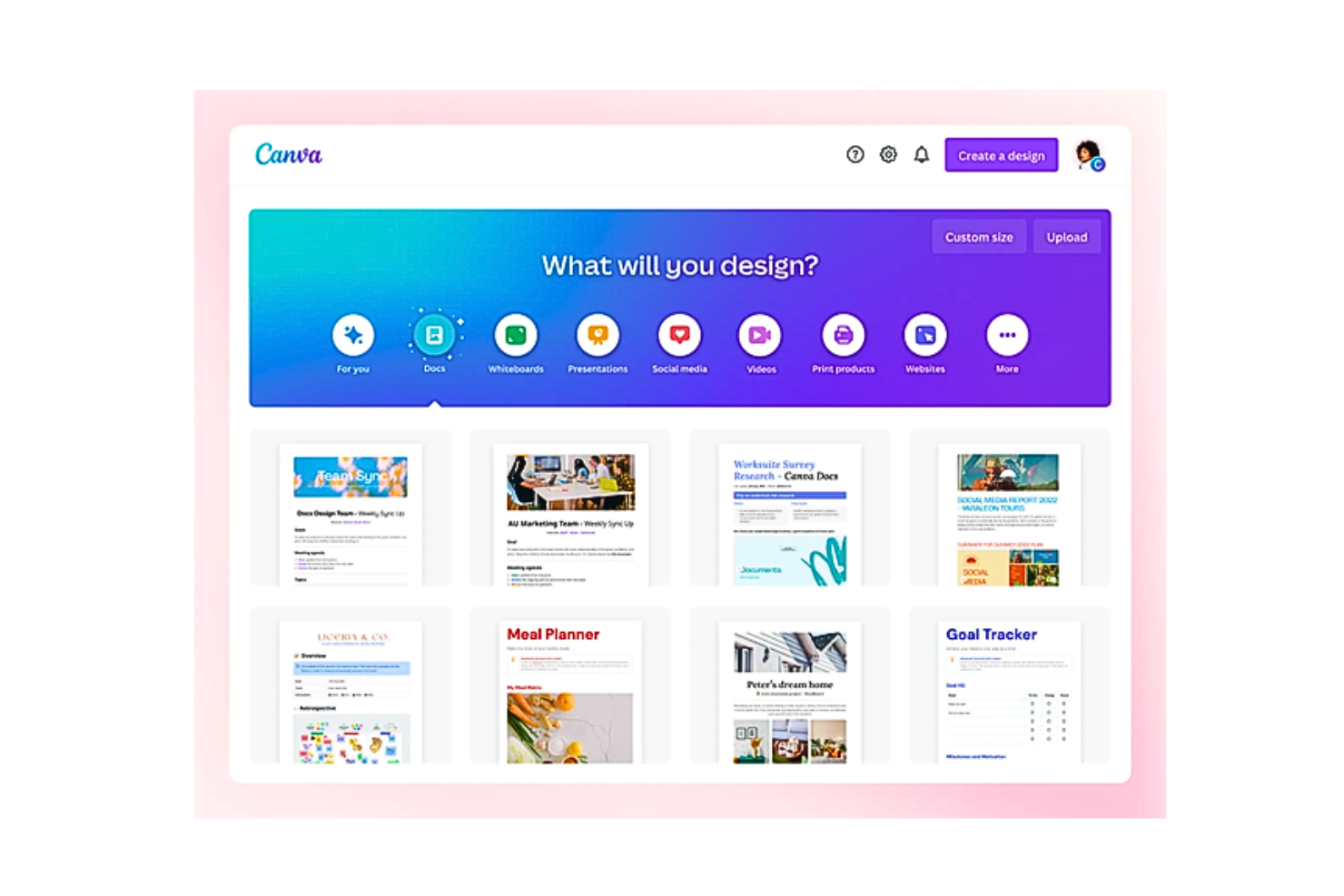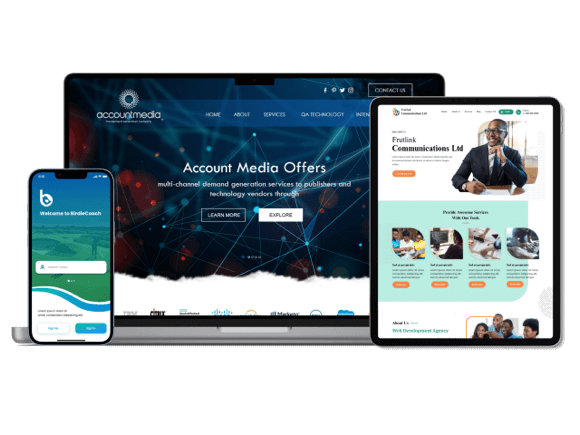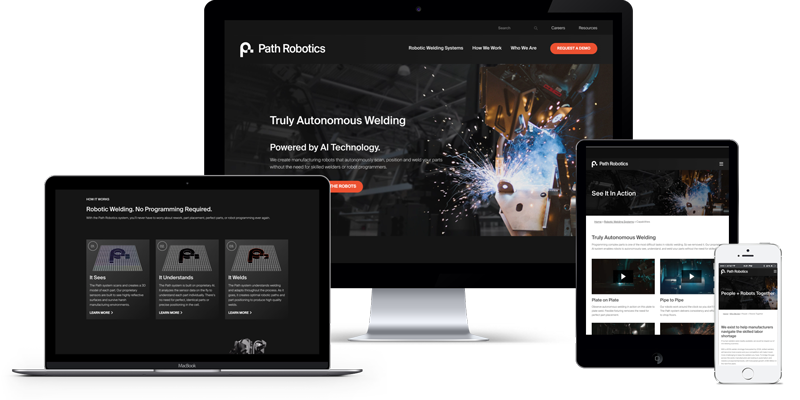Why Consistent Brand Elements is Essential in Website Design
Why Consistent Brand Elements is Essential in Website Design
Blog Article
Necessary Concepts of Site Layout: Developing User-Friendly Experiences
By focusing on user requirements and preferences, designers can promote interaction and fulfillment, yet the ramifications of these principles extend past mere functionality. Recognizing how they link can dramatically impact a site's total performance and success, motivating a better exam of their individual roles and collective impact on user experience.

Relevance of User-Centered Layout
Focusing on user-centered layout is vital for developing efficient web sites that fulfill the demands of their target market. This approach places the user at the center of the style procedure, guaranteeing that the web site not only operates well however also resonates with users on a personal level. By understanding the users' preferences, actions, and goals, designers can craft experiences that cultivate engagement and complete satisfaction.

In addition, taking on a user-centered style approach can lead to boosted accessibility and inclusivity, dealing with a varied audience. By thinking about different customer demographics, such as age, technical effectiveness, and cultural histories, developers can create websites that are inviting and useful for all.
Ultimately, focusing on user-centered design not just enhances customer experience but can additionally drive vital company results, such as enhanced conversion rates and consumer commitment. In today's competitive electronic landscape, understanding and focusing on customer demands is a critical success element.
Intuitive Navigating Frameworks
Reliable site navigating is often a vital consider enhancing customer experience. Instinctive navigating structures make it possible for individuals to discover details swiftly and successfully, lowering frustration and enhancing interaction. An efficient navigation menu should be easy, logical, and regular throughout all pages. This enables users to prepare for where they can situate details web content, hence advertising a smooth browsing experience.
To produce user-friendly navigation, developers must prioritize clarity. Labels need to be descriptive and acquainted to users, staying clear of lingo or ambiguous terms. An ordered framework, with primary groups leading to subcategories, can further assist users in recognizing the partnership in between different areas of the site.
Additionally, incorporating aesthetic cues such as breadcrumbs can assist individuals via their navigation course, permitting them to easily backtrack if needed. The inclusion of a search bar likewise improves navigability, providing customers guide access to material without having to navigate through multiple layers.
Flexible and receptive Formats
In today's electronic landscape, guaranteeing that websites function effortlessly across different gadgets is crucial for customer fulfillment - Website Design. Receptive and flexible formats are 2 essential strategies that allow this capability, dealing with the varied array of display sizes and resolutions that users may encounter
Responsive layouts utilize liquid grids and versatile images, allowing the web site to immediately change its components based upon the display measurements. This technique offers a regular experience, where material reflows dynamically to fit the viewport, which is especially helpful for mobile users. By utilizing CSS media queries, designers can produce breakpoints that optimize the format for different gadgets without the requirement for separate layouts.
Flexible formats, on the various other hand, use predefined formats for specific display sizes. When a user accesses the website, the web server discovers the tool and offers the suitable design, making certain a maximized experience for varying resolutions. This can result in much faster packing times and boosted performance, as each design is customized to the device's capacities.
Both receptive and flexible designs are crucial for improving individual interaction and fulfillment, inevitably adding to the internet site's general performance in satisfying its purposes.
Constant Visual Hierarchy
Establishing a consistent visual pecking order is essential for directing users via a site's content. This concept makes sure that info is provided in a manner that is both engaging and instinctive, permitting individuals to easily understand the material and browse. A well-defined power structure utilizes different style aspects, such as dimension, contrast, spacing, and color, to develop a clear difference between different kinds of material.

Additionally, constant application of these aesthetic cues throughout the website fosters knowledge and trust. Users can promptly find out to recognize patterns, making their communications extra efficient. Eventually, a strong visual hierarchy not just improves customer experience however additionally enhances overall website functionality, encouraging deeper interaction and facilitating the wanted actions on an internet site.
Accessibility for All Users
Ease of access for all customers is an essential aspect of site style that guarantees everyone, despite their disabilities or capacities, can involve with and gain from on the internet web content. Designing with access in mind entails applying practices that suit varied individual needs, such as those with visual, auditory, motor, or cognitive problems.
One crucial guideline is to comply with the Web Web Content Availability Guidelines (WCAG), which supply a structure for creating easily accessible digital experiences. This consists of using adequate shade contrast, supplying text choices for pictures, and making certain that navigating is keyboard-friendly. Furthermore, employing responsive style techniques ensures that web sites function effectively throughout different gadgets and display dimensions, better boosting access.
Another important element is making use of clear, concise language great post to read that stays clear of jargon, making material understandable for all users. Involving individuals with assistive modern technologies, such as screen visitors, calls for mindful interest to HTML semiotics and ARIA (Easily Accessible Abundant Internet Applications) duties.
Eventually, focusing on access not only fulfills lawful obligations however likewise expands the target market reach, promoting inclusivity and improving user complete satisfaction. A commitment to ease of access reflects a devotion to developing fair digital settings for all customers.
Final Thought
To conclude, the important principles of website layout-- user-centered style, instinctive navigation, receptive designs, consistent aesthetic power structure, and availability-- jointly add to the creation of straightforward experiences. Website Design. By focusing on customer demands and making certain that all people can successfully engage with the site, designers boost usability and foster inclusivity. These concepts not just improve user satisfaction however likewise drive favorable company outcomes, eventually demonstrating the vital value of thoughtful site design in today's electronic landscape
These methods give very a fantastic read useful insights right into user expectations and pain points, allowing designers to customize the website's features and content as necessary.Effective web site navigating is commonly a vital variable in enhancing individual experience.Establishing a constant aesthetic pecking order is critical for leading customers through a website's content. Inevitably, a strong aesthetic pecking order not only enhances customer experience yet additionally boosts overall site use, encouraging deeper engagement and promoting the desired actions on a web site.
These principles not just boost user fulfillment however likewise drive positive business end results, eventually showing the essential importance of thoughtful internet site style in today's electronic landscape.
Report this page